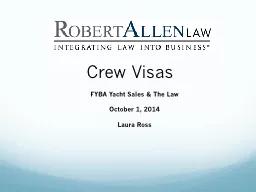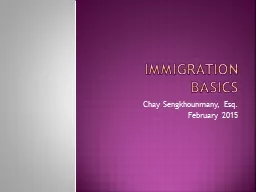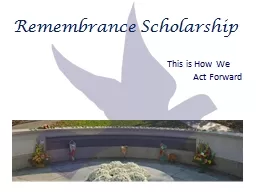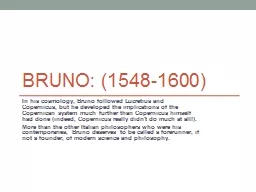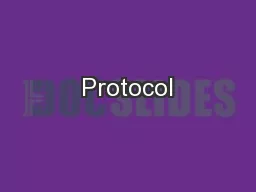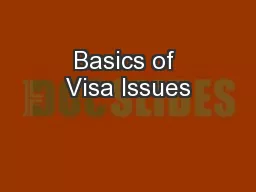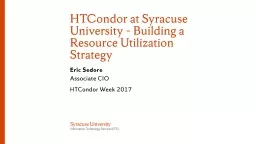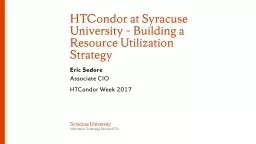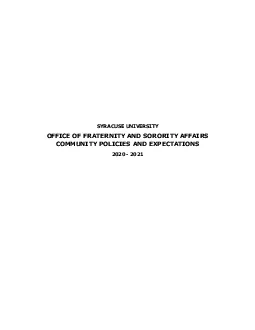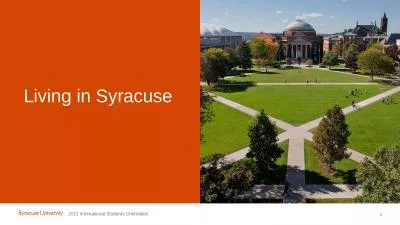PPT-VISAS AFTER GRADUATION Syracuse University | Sandra Bruno
Author : luanne-stotts | Published Date : 2019-06-29
March 1 2019 2 Program Overview Overview of US Immigration Step 1 While in School Step 2 After Graduation Step 3 Longterm Residence 3 WHO WE ARE Since 1986
Presentation Embed Code
Download Presentation
Download Presentation The PPT/PDF document "VISAS AFTER GRADUATION Syracuse Universi..." is the property of its rightful owner. Permission is granted to download and print the materials on this website for personal, non-commercial use only, and to display it on your personal computer provided you do not modify the materials and that you retain all copyright notices contained in the materials. By downloading content from our website, you accept the terms of this agreement.
VISAS AFTER GRADUATION Syracuse University | Sandra Bruno: Transcript
Download Rules Of Document
"VISAS AFTER GRADUATION Syracuse University | Sandra Bruno"The content belongs to its owner. You may download and print it for personal use, without modification, and keep all copyright notices. By downloading, you agree to these terms.
Related Documents


